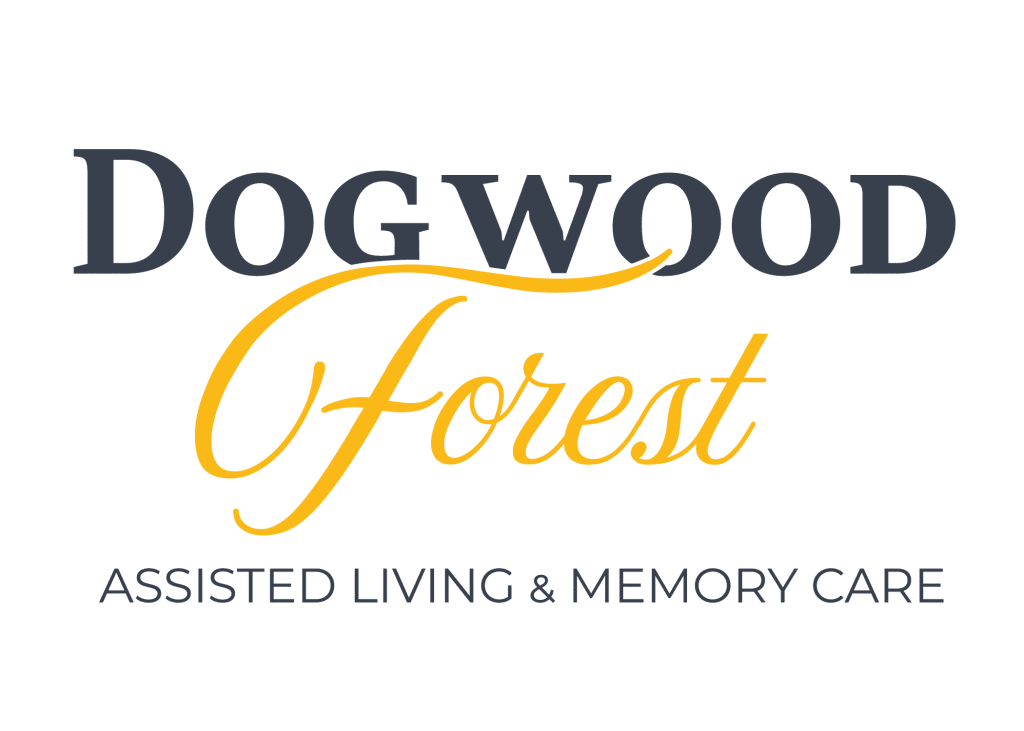Moving a senior to assisted living is a big choice. It can be hard to know for sure whether your parent or loved one truly needs assisted living, especially if they say they prefer living alone. But often their care needs will advance to a point where assisted living truly is the best choice—not only for their health, but for their safety and happiness as well.
Here are eight signs that show it’s time to consider assisted living:
- Weight loss or weight gain. For seniors, noticeable weight change can be a bad sign. Often it’s a hint that your loved one is no longer eating what they used to. For many seniors that means weight loss as they forget to make meals, try to avoid the hassle of cooking, or just “nibble.” Weight gain can be a similar sign, signaling that they are making poor choices in their eating habits or snacking on junk food instead of healthy meals.
- Loneliness or isolation. A major but often invisible problem is that seniors find themselves feeling alone. This can lead to depression, stress, anxiety, irritability and even health issues. (Regular social stimulation is one of the best ways to minimize the effects of Alzheimer’s.) Remember that a parent or loved one may not directly tell you they’re lonely—you need to look for the signs. Ask yourself whether your loved one still has regular brunches with friends, or if they go days at a time without leaving the house.
- Mood change. Changes in mood or personality can happen for many reasons with age, and they usually aren’t a good sign. The changes can themselves be a sign of Alzheimer’s, dementia, or loneliness, but they can also relate to stress, frustration, or pain from arthritis or other conditions. Simply moving to a happier environment can relieve stress and improve mood.
- Clutter and neglected chores. Many seniors will find chores difficult to do because of physical limitations. Others may simply forget things that once seemed routine. Either case may result in stacks of unopened mail, cluttered rooms, and a general neglect of household chores (or yard work). This makes a house less safe and indicates that other, more important tasks—like paying bills—may also be neglected.
- Neglect of personal appearance. For the same reasons, personal grooming can become difficult for seniors. This includes everything from getting dressed and tying shoes to showering and shaving. Bear in mind that if these tasks have become difficult, they may present safety risk as well—for example, leaving shoes untied or slipping in the bath. Additionally, seniors who don’t keep up on personal grooming may experience embarrassment and stress because of it.
- Safety issues at home. Most of the signs above have been indirect indications of difficulty at home. But some issues are a direct red flag for your loved one’s safety. For example, do you find expired food in their refrigerator or pantry? Have they ever turned on the stove and then forgotten it was going? What about bruises, minor cuts, or tripping and stumbling? All of these are situations that could have easily gone much worse, and indicate that living alone is no longer safe.
- Sundowning. Does your loved one get restless, anxious, or agitated at the same time every day? This behavior is known as “sundowning” (because it usually happens in the late afternoon). It’s a strong indicator of Alzheimer’s disease, and illustrates confusion and potentially risky behavior that will often translate into wandering with time.
- Escalating care needs. Some signs are about more than just your loved one. You and your family are likely the first caregivers a senior loved on looks to. If the level of help they need from you keeps increasing, it may put strain on your career or your home life—and relationship with them. And their care needs are likely to increase more in the future. Struggling to provide the care they need is one of the surest signs it’s time for assisted living.
None of these signs means assisted living is the only option, but they do mean that your loved one needs more attention and more help. And many of them also indicate stress, health risks or safety issues coming from living alone.
